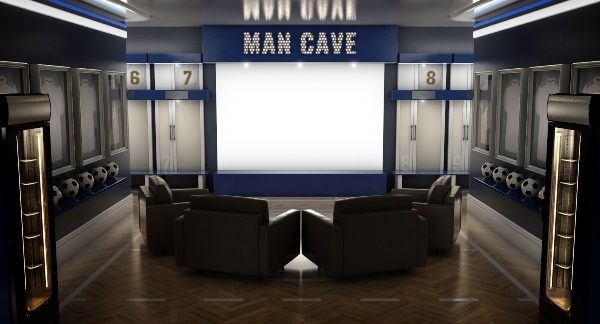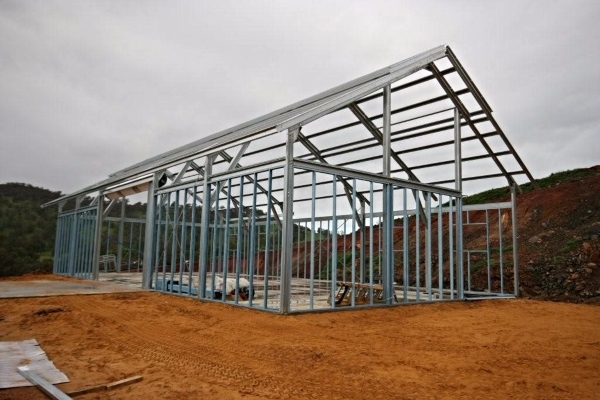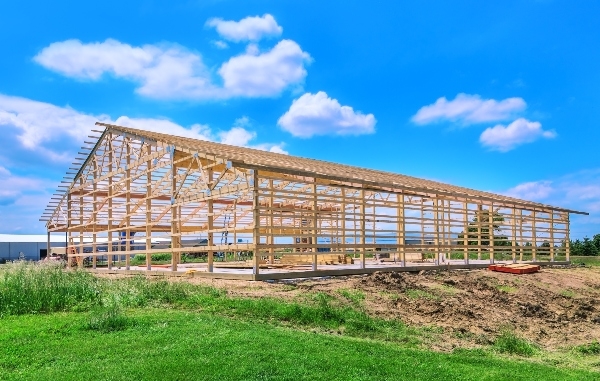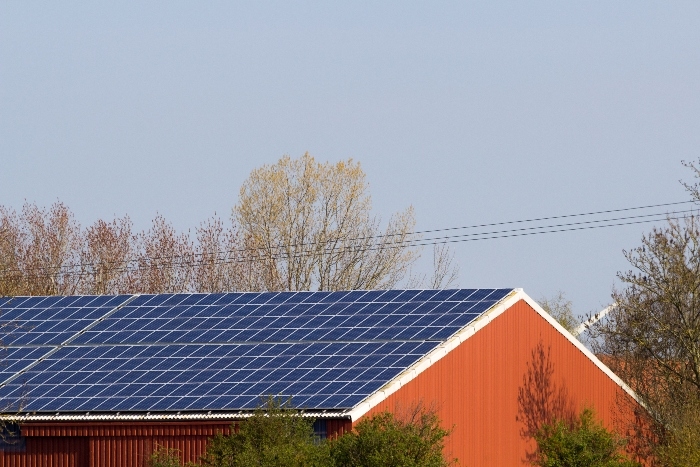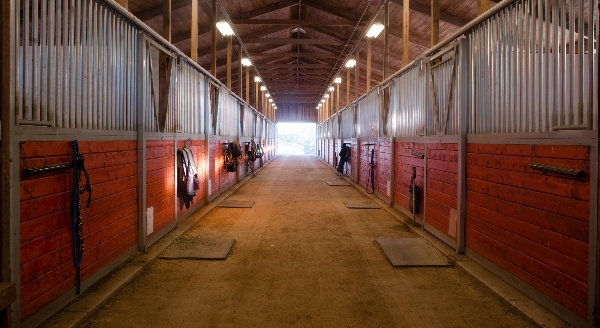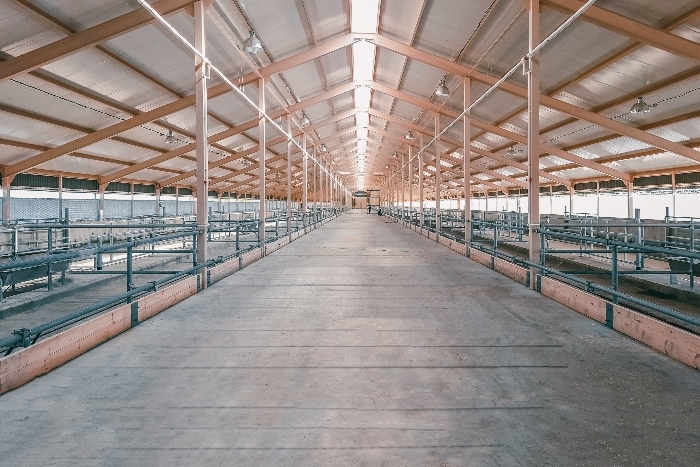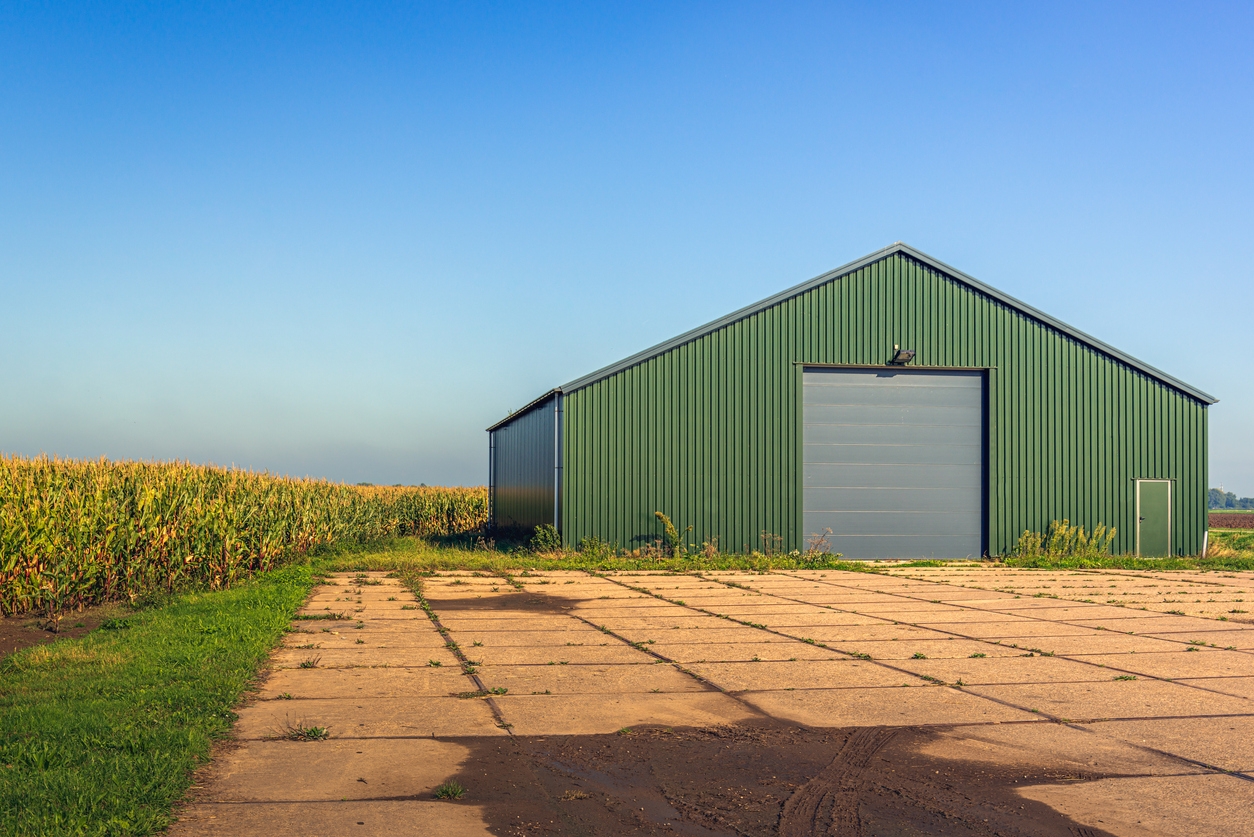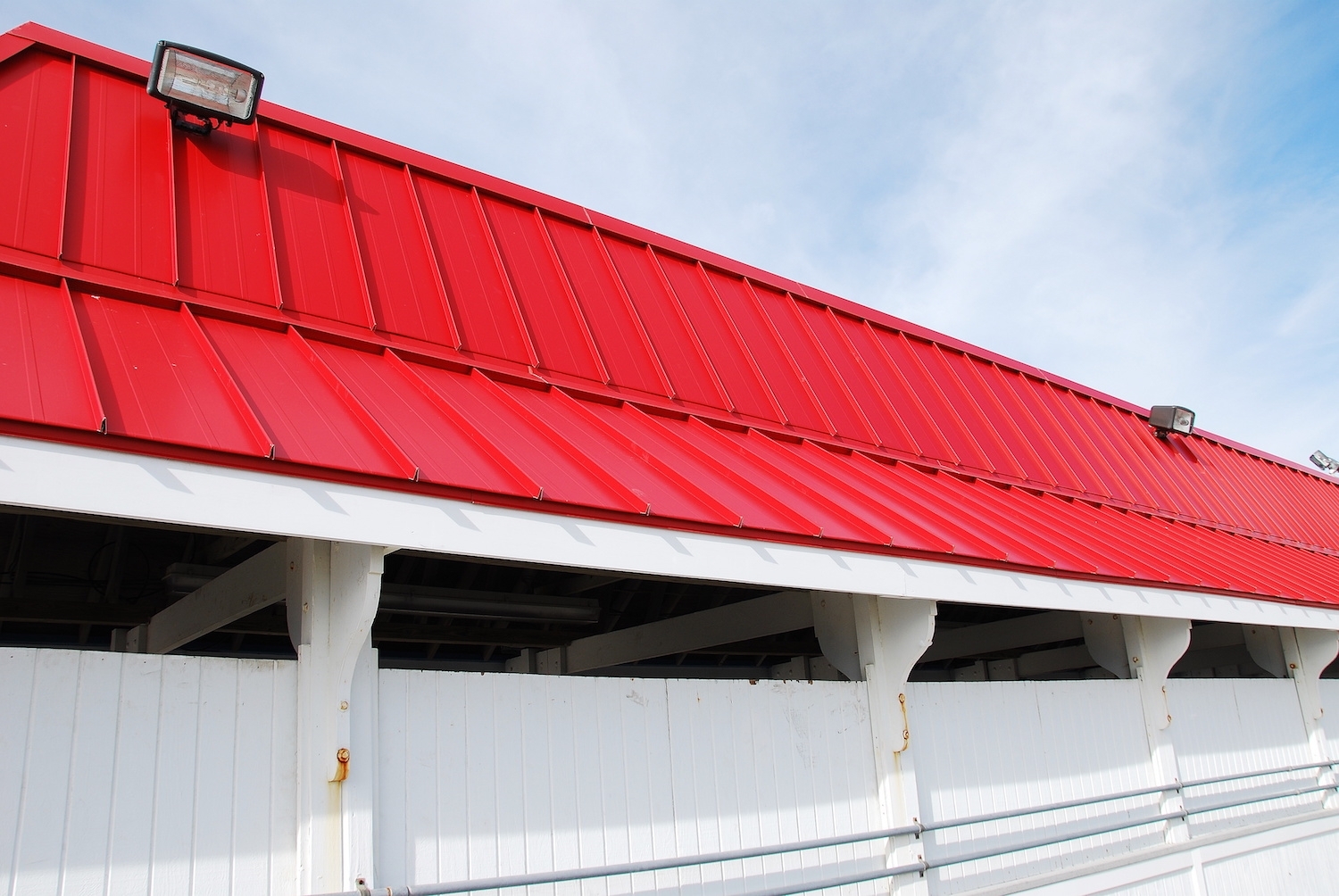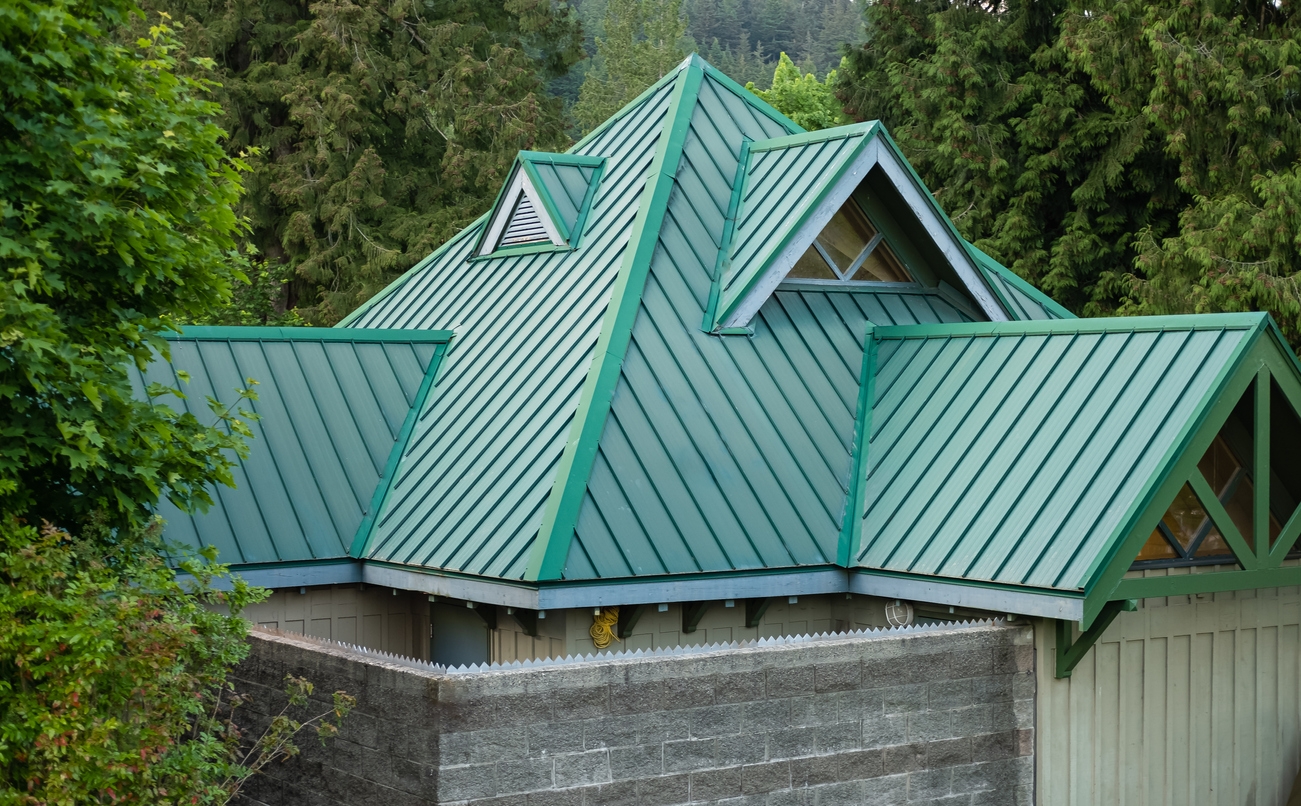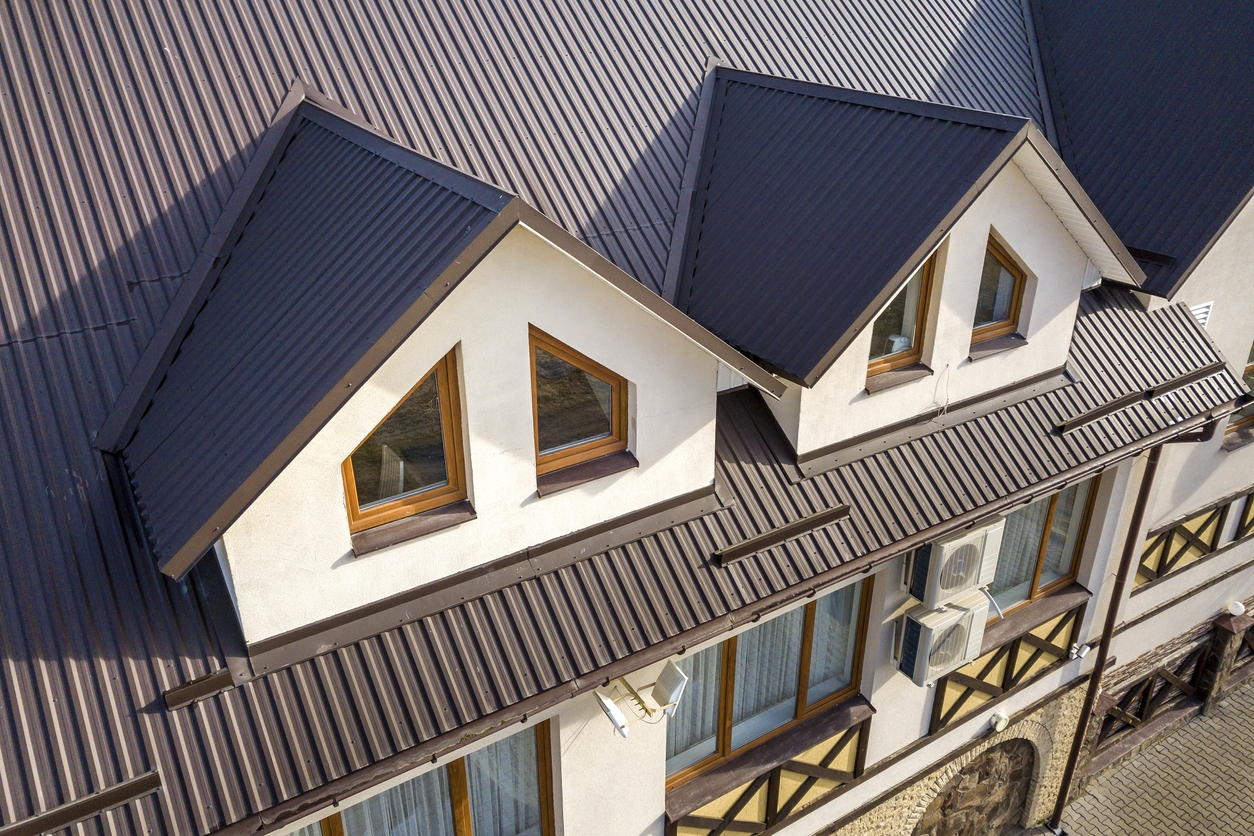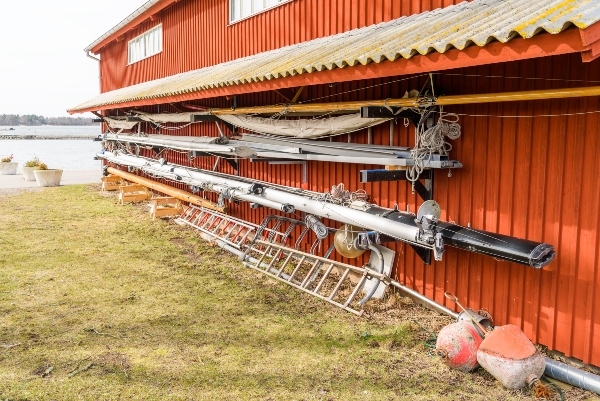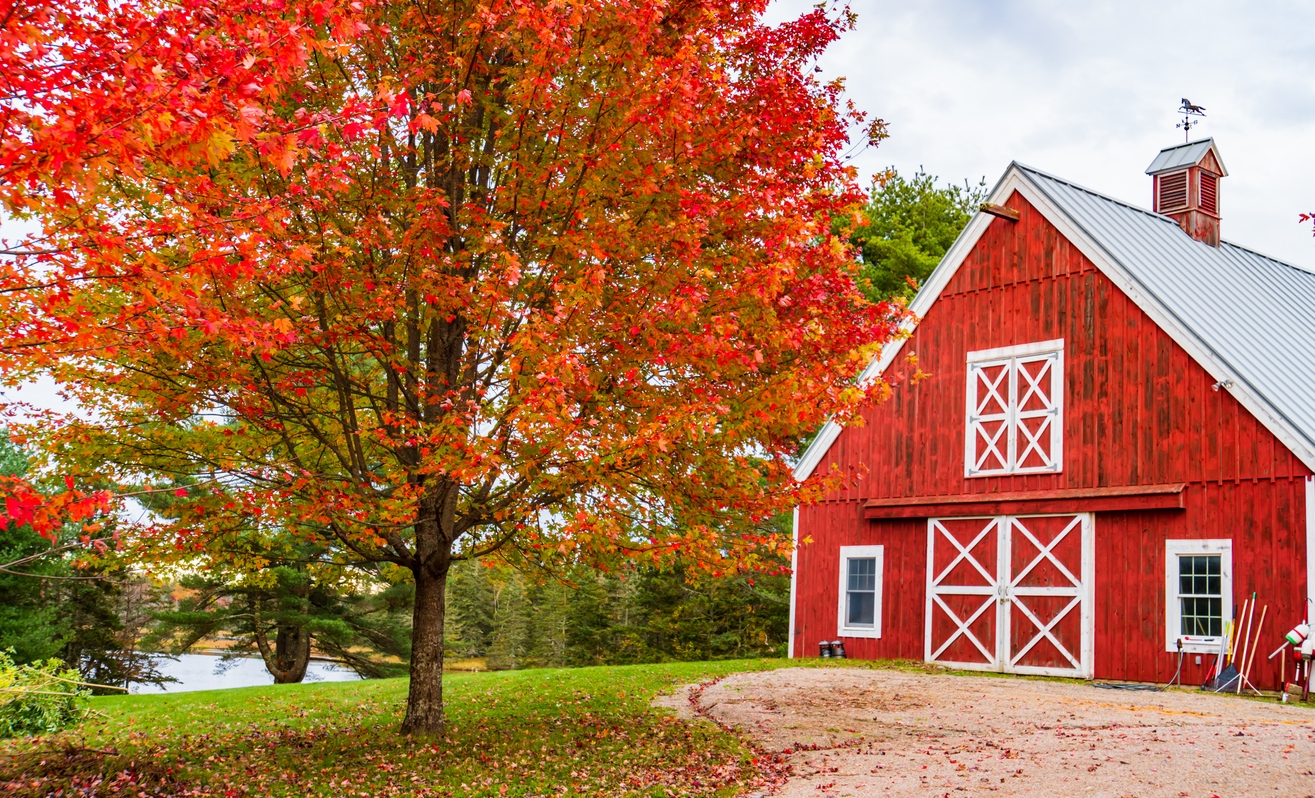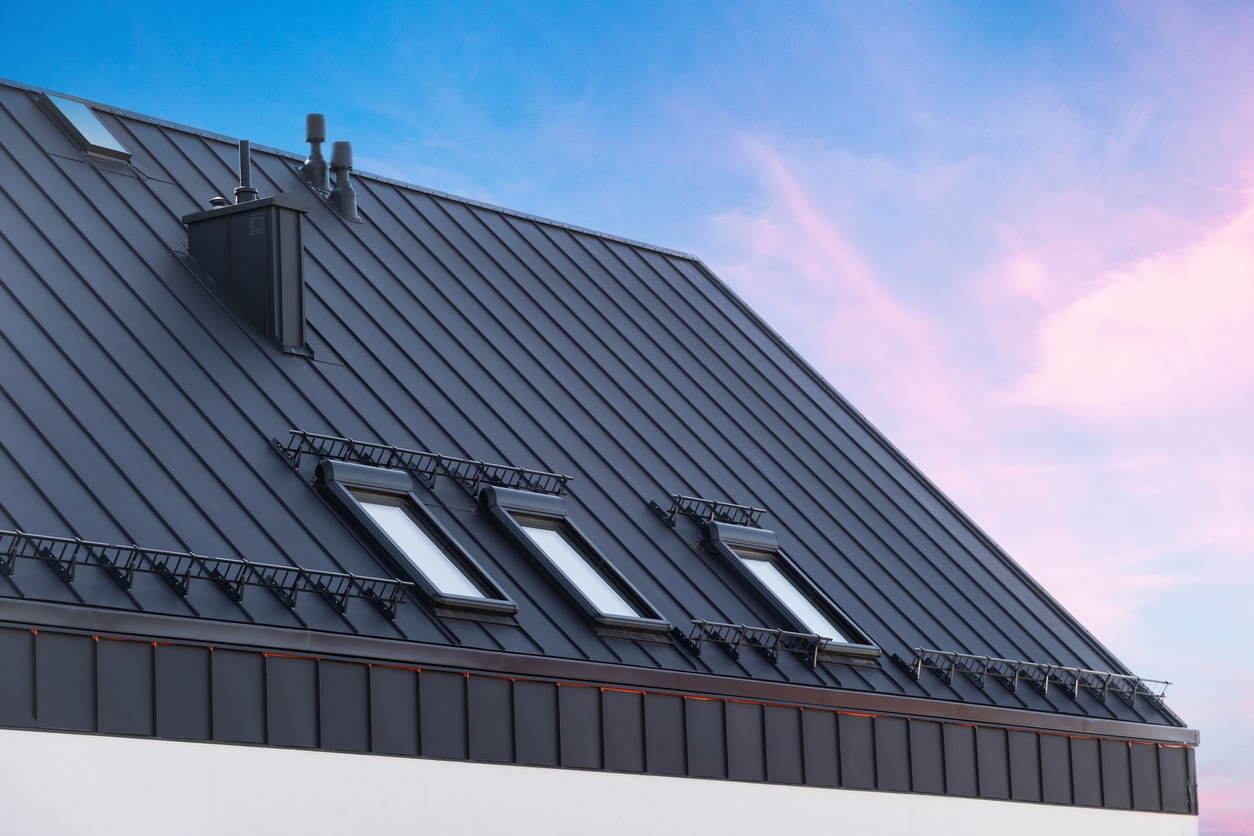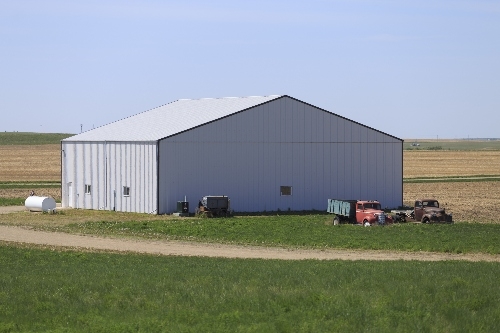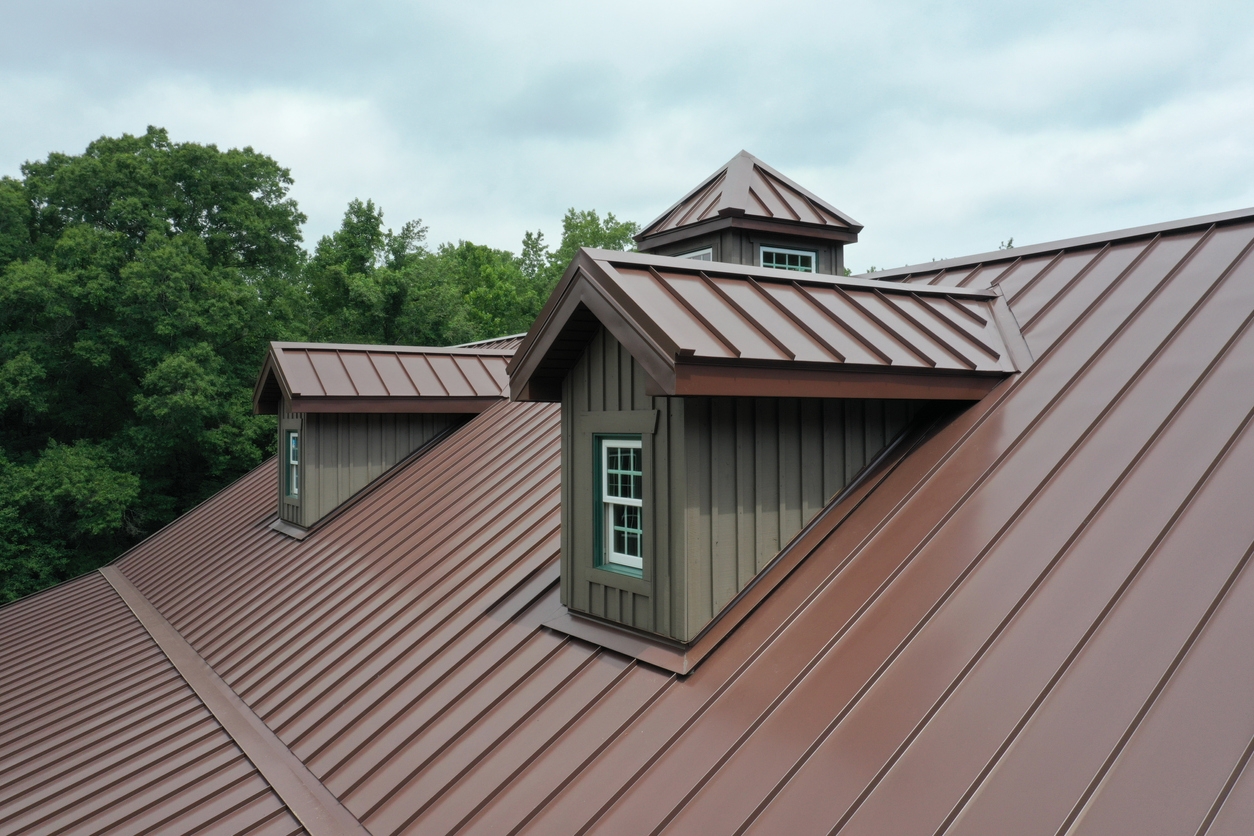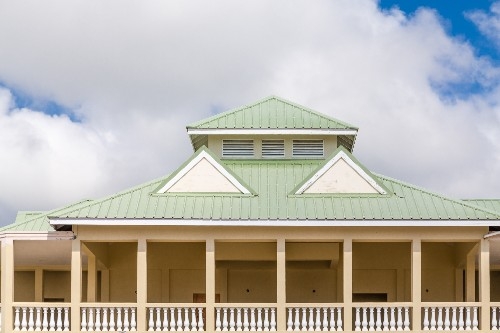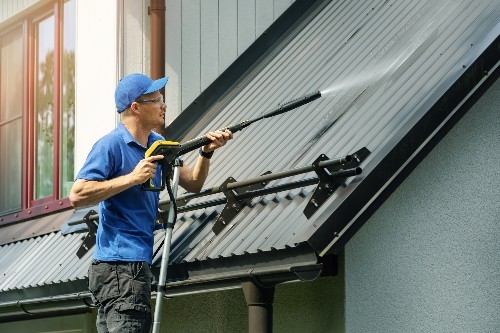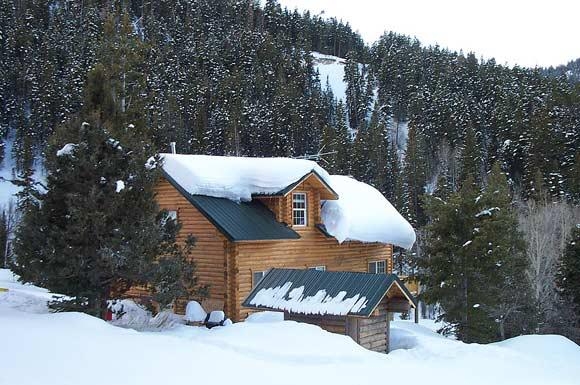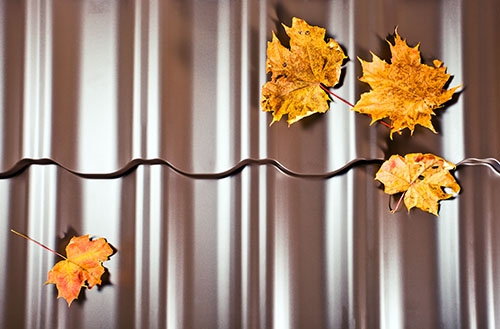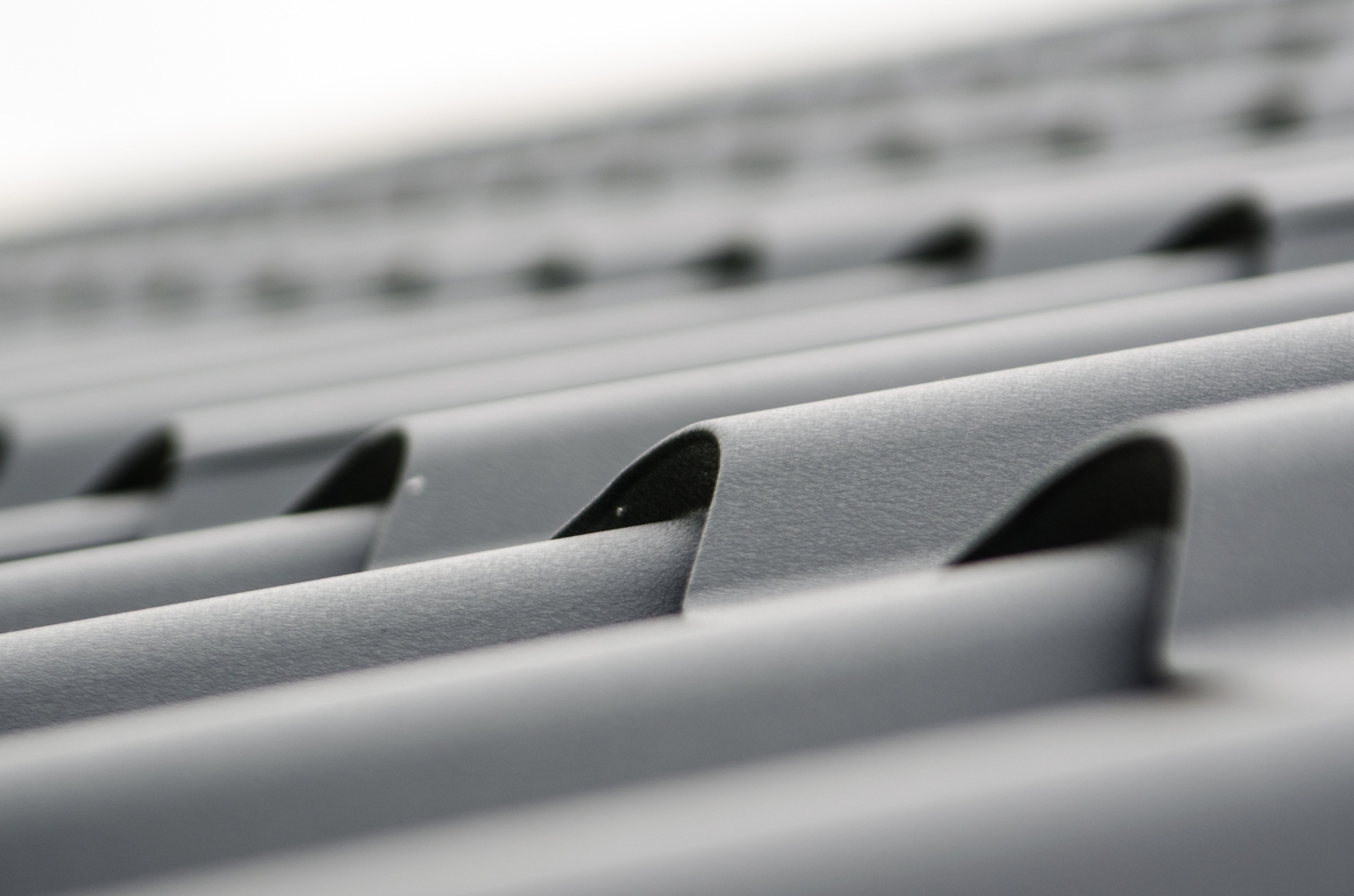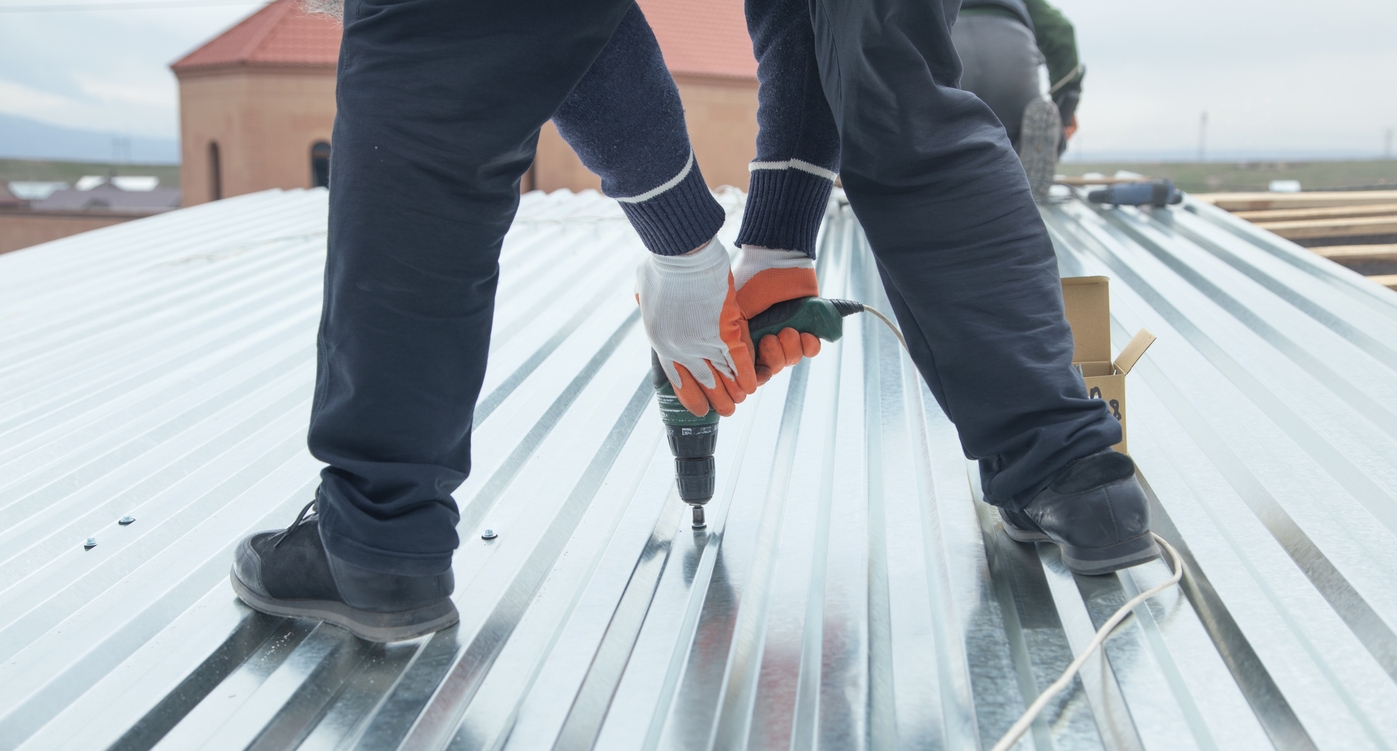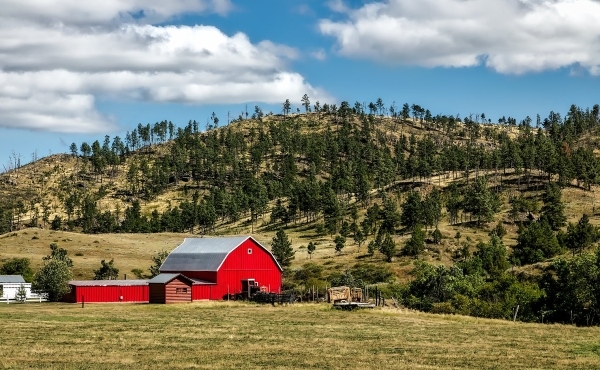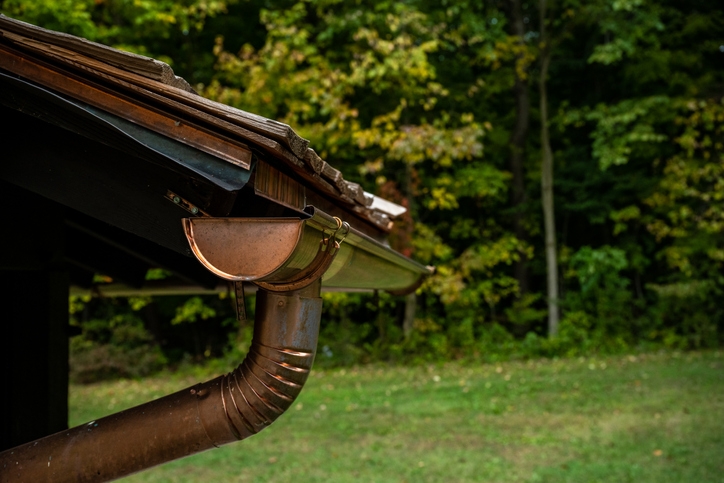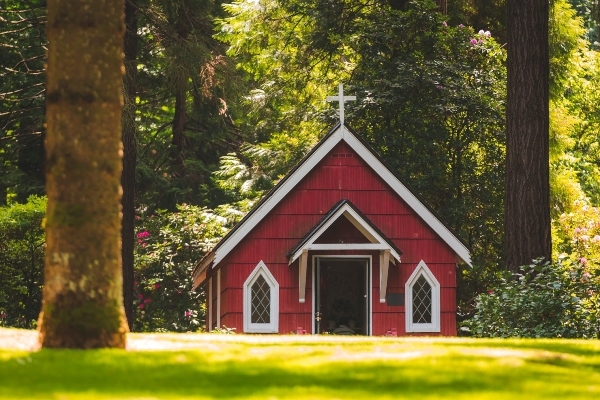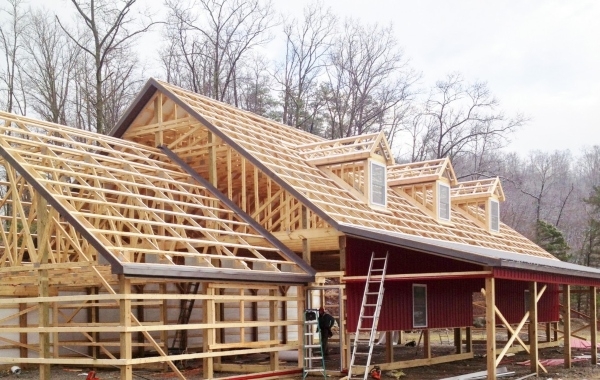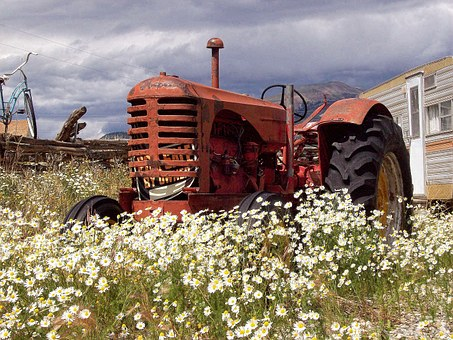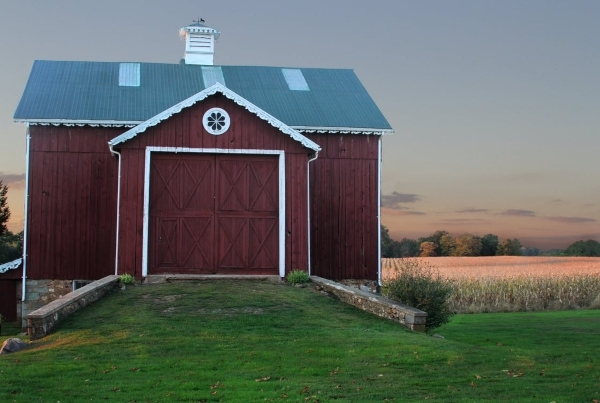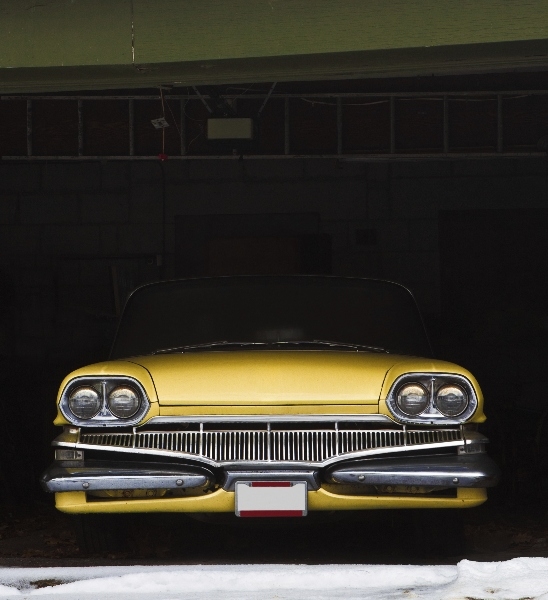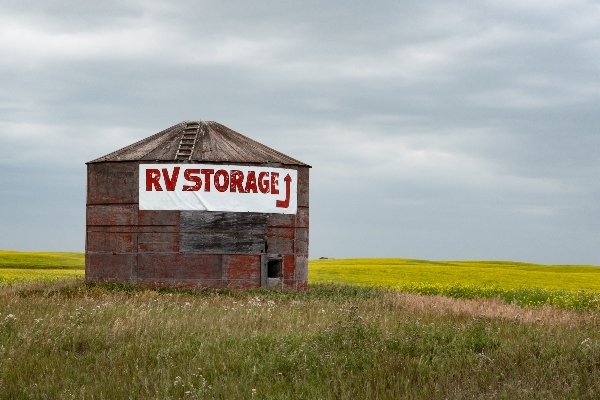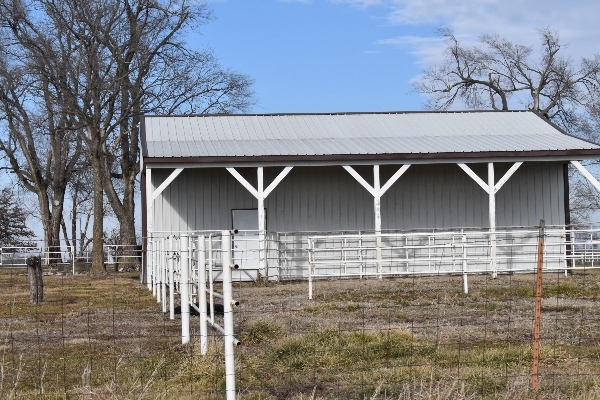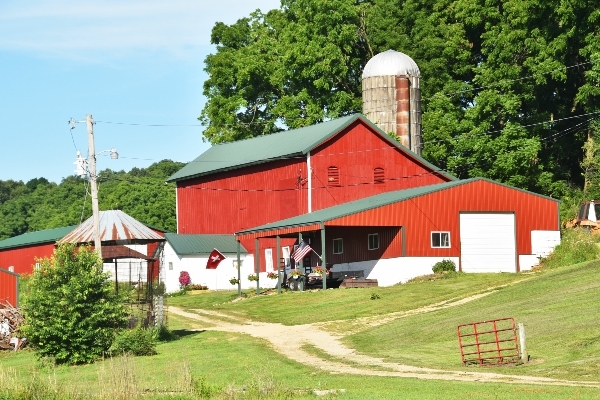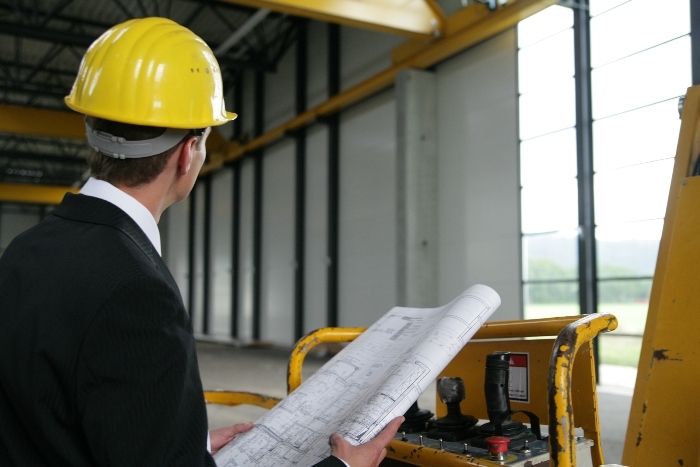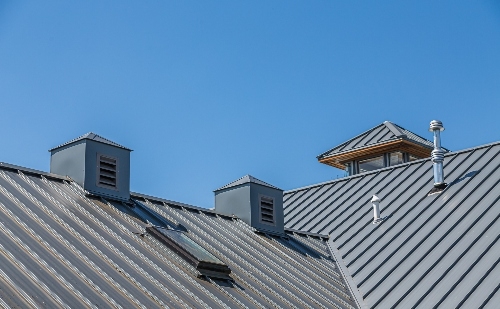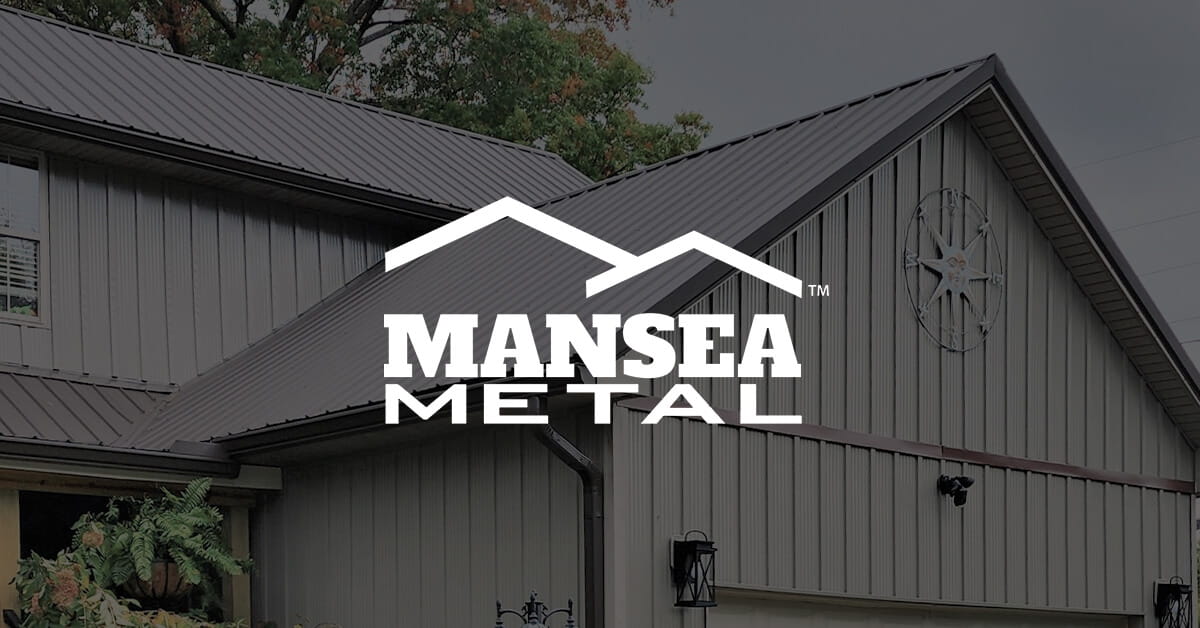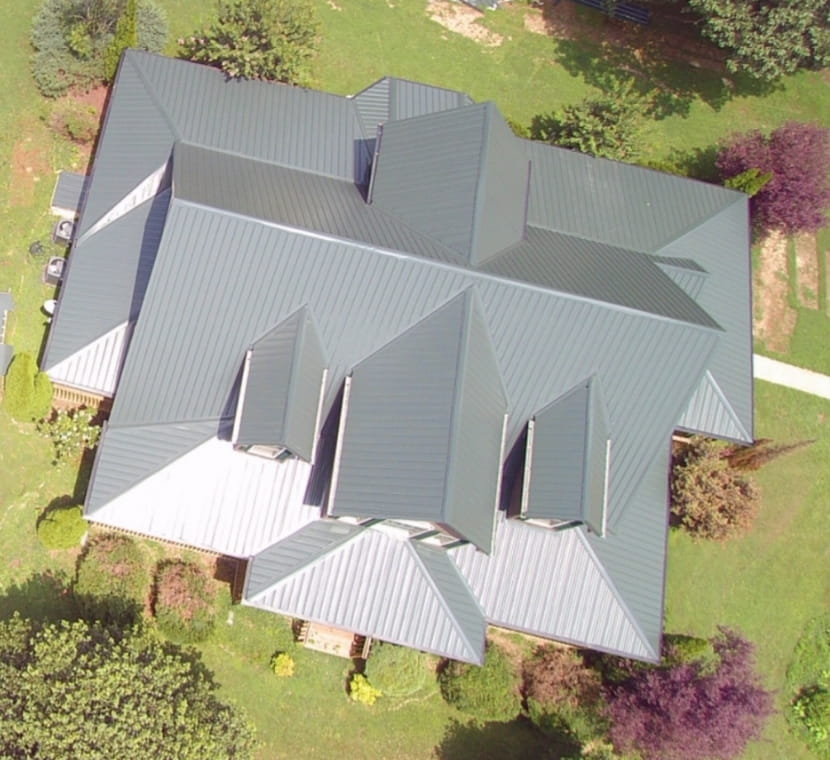
6 Essential Types of Roof Damage to Know
 Metal roofing has become a go-to option for many, thanks to its impressive durability and energy efficiency. It's built to endure harsh weather and outlast traditional roofing materials for years. But like any roofing choice, metal roofs come with their own challenges that are important to be aware of.
Metal roofing has become a go-to option for many, thanks to its impressive durability and energy efficiency. It's built to endure harsh weather and outlast traditional roofing materials for years. But like any roofing choice, metal roofs come with their own challenges that are important to be aware of.
Let's explore the five most common types of roof damage that can affect metal roofing, from heat-related issues to rust problems. By understanding these potential pitfalls, you can take proactive measures to protect your greatest investment.
A Deep Dive Into the Types of Roof Damage Affecting Metal Roofing
1. Heat Damage to Roof
When it comes to roofing, metal is often celebrated for its strength and ability to handle extreme temperatures. However, it's essential to understand that not all metal roofing materials are created equal.
For example, if you choose a lower-quality metal, it may struggle to release heat efficiently, causing temperatures to soar and potentially warping or bending your roof. What's more, if your roof is installed improperly, it can trap heat, leading to even more significant issues down the line.
To avoid these headaches and ensure your roof stands the test of time, it's key to invest in high-quality materials and hire experienced professionals for the installation. A little diligence now can save you big problems later!
2. Water Damage to Roof
If you live in an area that experiences heavy rain, it's crucial to check your metal roof for potential water damage. While metal roofs are designed to withstand tough weather, things can go awry if the installation isn't up to par.
For instance, a poorly installed roof might allow water to pool in certain spots, creating a recipe for disaster. Over time, standing water can lead to rust and corrosion, resulting in unsightly holes and weakened structural integrity.
To avoid these issues and keep your roof in top shape, choosing a reliable contractor who prioritizes proper installation techniques is vital.
3. Wind Damage to Roof
Wind can be a formidable foe for metal roofs, especially during storms or high gusts. Though these roofs are built to withstand harsh weather conditions, intense winds can still flex or bend the metal, leading to unsightly dents or even structural shifts that compromise the integrity of your roofing system.
Gusty winds also often bring debris, such as branches and leaves, that can strike your roof with surprising force, adding yet another layer of potential damage.
To protect your investment, it's important to maintain your roof regularly and select skilled contractors who know how to install it securely. With the right precautions, you can ensure that your metal roof stands strong against even the fiercest winds, keeping your home safe and sound.
4. Hail Damage to Roof
Hail storms can really damage any roof, and metal roofing is no exception. While metal is generally tougher than traditional roofing materials, larger hailstones can still leave their mark, creating unsightly dents and dings that impact your roof's look and performance. When hail strikes, it can also compromise the protective coating on the metal, setting the stage for rust and corrosion if the damage isn't addressed quickly.
That's why homeowners must recognize the importance of regular inspections after severe weather. By detecting and repairing hail damage early, you can preserve the integrity of your roofing system and ensure it lasts longer.
Investing in high-quality materials and working with experienced contractors can significantly reduce the risks of hail damage, giving you peace of mind during stormy weather.
5. UV Damage to Roof
The sun's rays can damage metal roofs in more ways than one. Typically, metal roofs are coated with a specialized resin shielding them from the elements, particularly water damage. However, over time, relentless exposure to UV rays can wear down this protective coating, exposing the metal beneath to potential harm.
As this protective layer diminishes, the chances of rust and corrosion skyrocket. To keep your roof in tip-top shape, replacing that resin coating every few years is critical. Doing so will ensure your roof remains protected against the sun's damaging effects and continues to perform at its best for years to come!
6. Structural Damage to Roof
Structural damage encompasses any harm done to the overall framework of your roof, and surprisingly, a lot of this can happen during the installation process itself. Homeowners might not be aware that something as simple as contractors wearing inappropriate footwear can scratch the roof's surface or that tools accidentally dropped during the installation can cause unintended dents.
Additionally, using low-quality materials can lead to ongoing structural issues that threaten the strength and durability of your roof over time.
Need a Roof Replacement? Mansea Metal is Here for You!
When protecting your greatest investment, choosing a contractor who prioritizes quality and thorough workmanship is vital. That's where Mansea Metal shines. Our skilled team is passionate about delivering outstanding service and offering a range of options specifically designed to meet your unique needs.
Reach out to us today, and let us bring you the perfect, durable metal roof installation your home deserves. Your roof is our priority—let's make it exceptional together!

